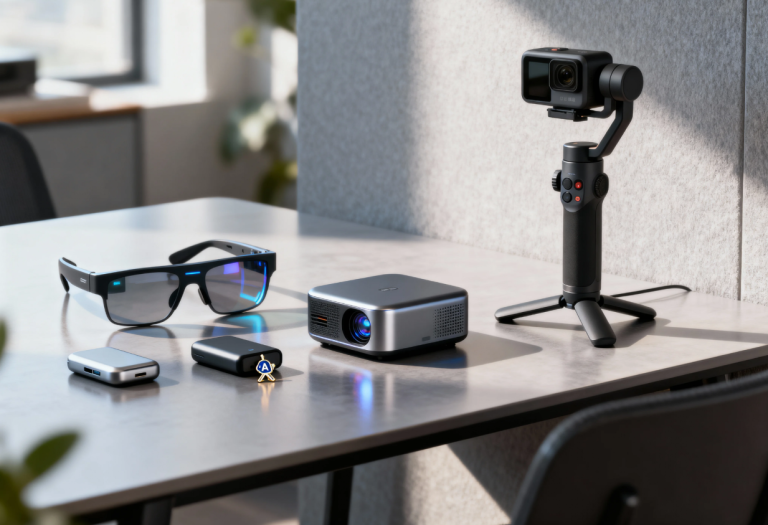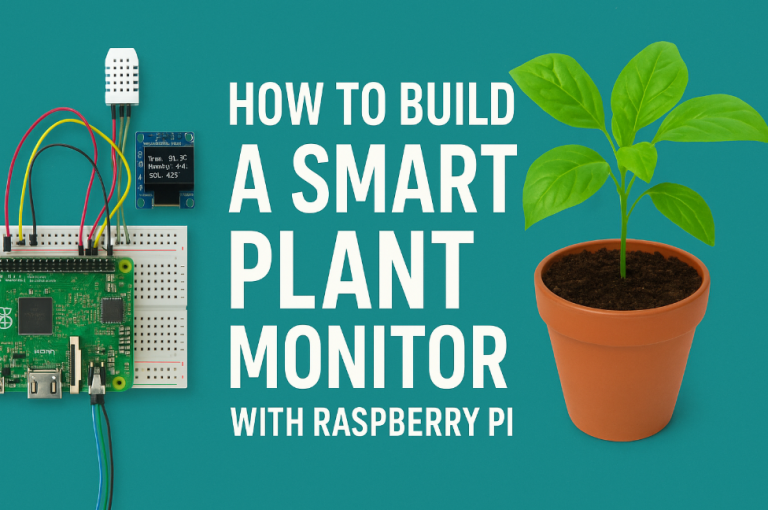
In today’s hyper-connected world, the boundary between work and personal life has become increasingly blurred. Smartphones buzz constantly, emails flood inboxes, and social media demands attention every minute. While technology empowers us to stay productive, it also makes it challenging to truly unplug and recharge. The irony? Without proper breaks, productivity eventually suffers.
So how can you effectively disconnect from the digital chaos without sacrificing your efficiency or missing important tasks? This article reveals five simple yet powerful strategies to unplug mindfully while maintaining peak productivity. Whether you work from home or the office, these tips will help you strike the perfect balance.
1. Schedule “Digital Detox” Periods — And Stick to Them
One of the most effective ways to unplug is to schedule regular digital detox windows during your day. Treat these as important appointments — no exceptions.
- Why it works: Setting specific times to disconnect reduces the urge to check devices impulsively.
- How to do it: Choose periods like the first hour after waking up, lunch breaks, or the hour before bedtime. During these times, turn off notifications, close unnecessary apps, or even switch your phone to airplane mode.
- Productivity benefit: You’ll return to work feeling refreshed, less distracted, and better able to focus on meaningful tasks.
To keep yourself accountable, use calendar reminders or apps designed to limit screen time.
2. Use Task Batching and Time Blocking to Limit Multitasking
Multitasking kills productivity and makes unplugging feel impossible because your brain is always juggling multiple demands.
- What is task batching? Group similar tasks together and complete them in focused blocks of time.
- What is time blocking? Dedicate chunks of your calendar to specific activities without interruption.
For example, set aside 9–11 AM for emails, 1–3 PM for creative work, and 4–5 PM for meetings. Outside those blocks, avoid checking work messages or apps.
- Why it helps unplugging: When your tasks are organized and predictable, you don’t feel the pressure to constantly stay “online” and responsive.
- Boosts focus: Time blocking creates mental space for deep work, which enhances productivity without burnout.
3. Create a Device-Free Zone for Breaks and Meals
Your brain needs real downtime, not just screen breaks. Creating physical separation from devices encourages genuine mental rest.
- How to implement: Designate certain areas in your home or workspace as device-free zones—like the dining table, bedroom, or a cozy reading nook.
- During breaks: Step away from screens and engage in activities like reading a book, meditating, journaling, or simply enjoying nature.
- Impact on productivity: These mini-reset moments reduce cognitive overload and stress, improving overall mental clarity and energy.
Even a short 10-minute device-free break can significantly boost your ability to concentrate when you return to work.

4. Leverage Technology to Manage Technology
Ironically, the best way to unplug might be by using smart tools that help regulate your digital habits.
- Apps for focus: Tools like Forest, Freedom, or StayFocusd block distracting sites and limit screen time automatically.
- Notification management: Turn off non-essential alerts or use “Do Not Disturb” modes during focused work or relaxation periods.
- Smart home integration: Use voice assistants to schedule “quiet hours” where notifications and non-urgent messages are muted.
By taking control over when and how technology interrupts you, you can maintain productivity without feeling tethered to devices 24/7.
5. Prioritize Offline Activities That Recharge You
Unplugging isn’t just about avoiding screens—it’s about replacing that time with meaningful, rejuvenating activities.
- Examples: Exercise, cooking, gardening, art, socializing face-to-face, or hobbies like knitting or playing an instrument.
- Why it works: These activities engage different parts of your brain and body, fostering relaxation and creativity.
- Sustainable productivity: Regularly engaging in offline passions helps prevent burnout and makes it easier to return to work energized and focused.
Consider blocking out time weekly for such activities to build a healthy work-life balance.
Bonus Tips for Maintaining Productivity While Unplugged
- Set clear expectations: Inform colleagues and clients of your availability hours to reduce after-hours interruptions.
- Prepare for unplugged times: Finish urgent tasks before scheduled breaks or set automated replies during offline periods.
- Practice mindfulness: Incorporate meditation or breathing exercises to improve focus and reduce digital dependency.
- Reflect regularly: Track how unplugging affects your productivity and tweak your strategies accordingly.
Conclusion
Unplugging from technology doesn’t have to mean falling behind. By intentionally scheduling detox times, batching tasks, creating device-free zones, leveraging technology to manage distractions, and prioritizing offline activities, you can maintain high productivity while nurturing your mental well-being.
In the digital age, mastering the art of mindful unplugging is a key skill that benefits both your work and personal life. Start small, be consistent, and watch how your focus, creativity, and overall happiness flourish.


